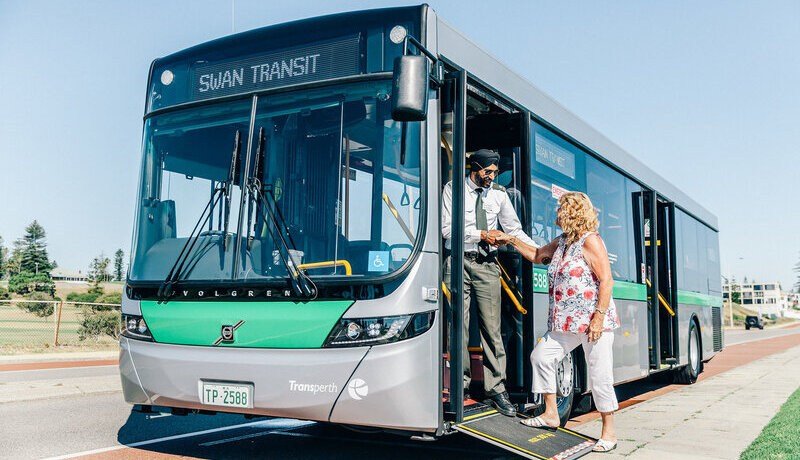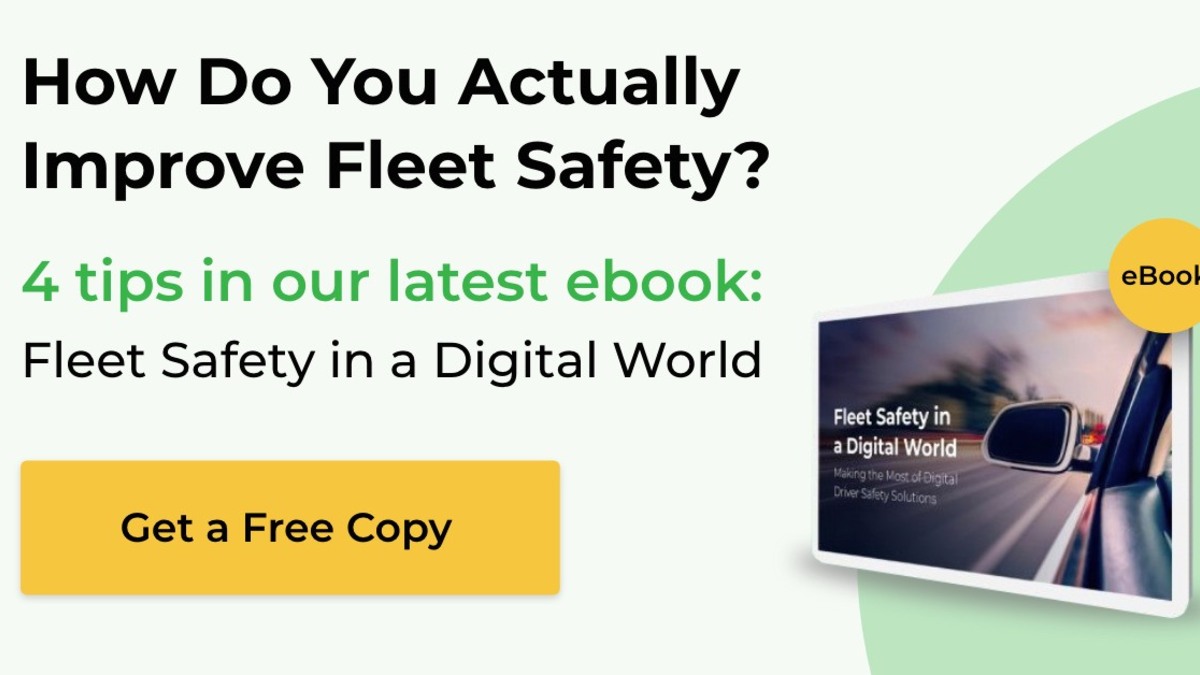Want to Reduce Your Insurance Spend?
The Insurance Case for Driver Safety Telematics
From any perspective, fleet vehicle insurance is a costly expense.
In a world with no accidents, insurance costs would be zero. But in our world, insurance is the third-largest fleet operating cost, exceeded only by outlays for fuel and maintenance.
So how do you reduce your insurance spend without taking on an unacceptable level of risk?
Approach #1: Reduce Your Overall Accident Rate
Your risk rating is the first metric insurance companies look at when quoting a premium, and it is closely related to your accident rate. When you reduce the number and severity of your accidents in your fleet, you gain leverage for negotiating lower rates and low-claim cash-backs.
So how can you reduce your accidents? Change the way your drivers drive. Teach (and incentivize!) them to drive slower, more cautiously and with more awareness of the road. Effective Driver Behavior systems- especially those that feature in-cab coaching and incentive schemes – can reduce accidents by 30%-60% while also reducing fuel consumption and vehicle wear and tear.
“If an individual drives more than 10–15% above the average speed of the traffic around them, they are much more likely to be involved in an accident.” – ROSPA
Approach #2: Be Proactive: Identify “Outliers”
The advanced data collection and reporting provided by today’s Driver Behavior solutions makes it possible to identify high-risk drivers and to intervene with preventative measures. In addition, using today’s advanced IoT and AI technologies, it is possible to collect and analyze copious data about the driving of each of your drivers. The most sophisticated systems, such as GreenRoad’s Preventive Analytics, can use this data to predict catastrophes-in-the-making, enabling you to step in in time to make a difference.
It is important to note that the data collected by fleet management software can also be used to prove that a fleet’s drivers are “safer than average,” supporting a request for a discount on insurance products from their insurance providers.
Approach #3: Extend the Life of Your Vehicles & Reduce Incidents
Vehicles that are driven more “gently” are subject to less wear and tear, and therefore need to be replaced less frequently, resulting in lower fleet capital and insurance outlays. In addition, a reduction in incidents reduces ongoing maintenance expenses – and therefore self-insurance provisions.
Driver behavior programs, especially those that are supported by real-time coaching tools such as the GreenRoad Driver Safety Platform, can be extremely effective in teaching drivers to drive more smoothly and defensively, and thereby reducing incidents and related maintenance expenses.
“Make employees aware that you will monitor accidents and take action where necessary, such as retraining,” commented Richard Flint, Head of Transport at North Yorkshire Police.
Driver training programmes through partners – such as Zurich with suppliers like GreenRoad – take into account defensive driver training. And ‘active prevention’ initiatives – such as driver safety programmes – are being implemented increasingly to help drive down insurance premiums.
3. Better vehicle insight and driver support with advanced in-car technology
New technology such as telematics and built-in driver support (e.g. lane assist, adaptive cruise control and autonomous emergency braking) provide new levels of assistance and connectivity, but also allow for comprehensive data gathering and reporting. In combination with ‘active prevention’ initiatives, this will be vital to achieving company safety goals.
For example, GreenRoad offers a smart, full-featured video system whose video recording is triggered whenever a safety event is detected by the GreenRoad Driver Behavior solution. GreenRoad VideoSense creates a short, focused video from all recording cameras to document the event, communicates the video to the “cloud”, and then links it automatically after the event to the permanent record.
Since GreenRoad’s Driver Behavior solution identifies any of 150 types of incidents, the system’s videos document all types of driving behavior as well as severe events, making them excellent tools for ongoing training.
As a result, drivers and management alike are both able to review the event immediately after its occurrence, drawing conclusions while it is still fresh in mind. This record is easily used by the driver for self-instruction, by management for coaching, and by the legal department for protecting the company. This approach saves time and expenses, resulting in a fast system ROI.
“There’s nothing like having the visual record available, right away. Drivers and managers see incidents at the same time, including everything around it. Very little coaching is necessary: drivers understand for themselves how they need to improve. At the same time, managers have the facts at their fingertips to protect their drivers, if necessary, and to protect the company.





